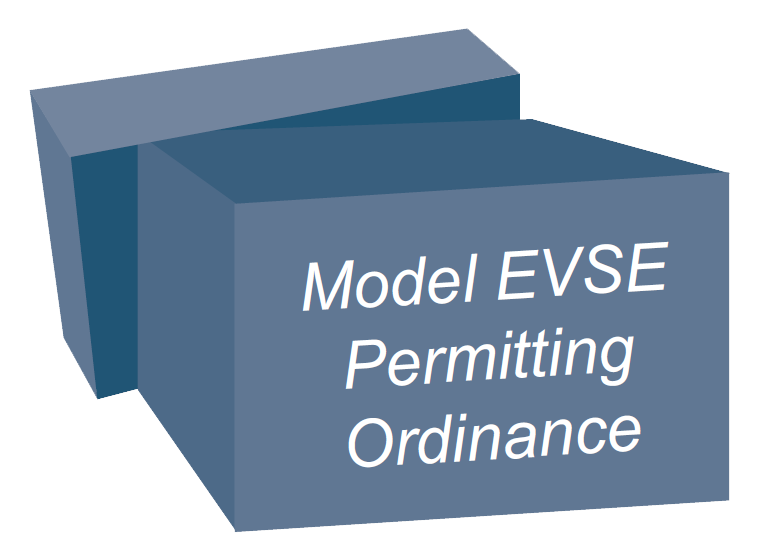Convene
Follow a structured meeting plan, as demonstrated by the six meetings in the Massachusetts example below. Meeting minutes can be found in the Library .
1. Introduce and Consider Stakeholder Process Charge
- Prep: Host staff send a curated set of documents to members, to form a common base of knowledge.
- At meeting:
- Set aside time during the first meeting to review basics, provide a brief primer on zoning and building codes, and answer questions.
- Each Stakeholder Process member can present interests, concerns and goals.
- Collect examples of permitting problems.
- Recommend individuals to be contacted about their experience in permitting EVSE.
- Discuss realistic accomplishments (especially important if no legislative or executive mandate exists).
- Create a “parking lot” of issues and concerns raised by members and stakeholders, that members agree should be outside the scope of a local permitting ordinance.
2. Define the Problem
- Prep: Prepare a synthesis of problems and issues raised in the first meeting.
- At meeting:
- Review problems and issue documents.
- Collect more examples of issues.
- Add items to parking lot.
3. Present Initial Draft Model Ordinance
- Prep: Using existing model ordinances as a starting point, prepare an initial draft of a model ordinance for discussion.
- At meeting:
- Discuss initial draft.
- Identify any needs for more research.
- Invite members and stakeholders to submit written comments by a named deadline.
- Add items to parking lot.
4. Discuss Comments on Initial Draft
- Prep:
- Summarize comments on initial draft, based on discussion and written submissions.
- Suggest language adjustments to address comments, if appropriate.
- At meeting:
- Discuss summary of comments on draft.
- Work toward consensus on language adjustments.
- Add items to parking lot.
5. Present Final Draft Model Ordinance
- Prep:
- Prepare a draft of the final model ordinance.
- Draft a statement from the Stakeholder Process members introducing the model ordinance and acknowledging their support. In the Massachusetts example, the decision was made to publish a final statement from the process members and the model ordinance in a single document, clearly identifying the final adopted version of the model ordinance as distinct from draft versions.
- Draft supporting materials such as slides prepared by E4TheFuture to help proponents of adoption educate local officials.
- Prepare memo from the Stakeholder Process on “parking lot issues” worth State Energy Office attention.
- At meeting:
- Discuss final drafts in preparation for creating and posting final documents.
- Get initial sign on from Stakeholder Process members.
6. Finalize Model Ordinance
- Prep:
- Prepare all final documents.
- Confirm with all Stakeholder Process members that they and their organizations are appropriately recognized on the acknowledgements and/or signature pages.
- Include a draft implementation plan that specifies where and how documents will be posted online. Also provide an outline of any other post publication activities, such as webinars, technical assistance, or social media outreach.
- Prepare all final documents.
- At meeting:
- Present final documents for approval by Stakeholder Process members.
- Gather input from members on implementation plan.
- Thank Stakeholder Process members and other stakeholders.

